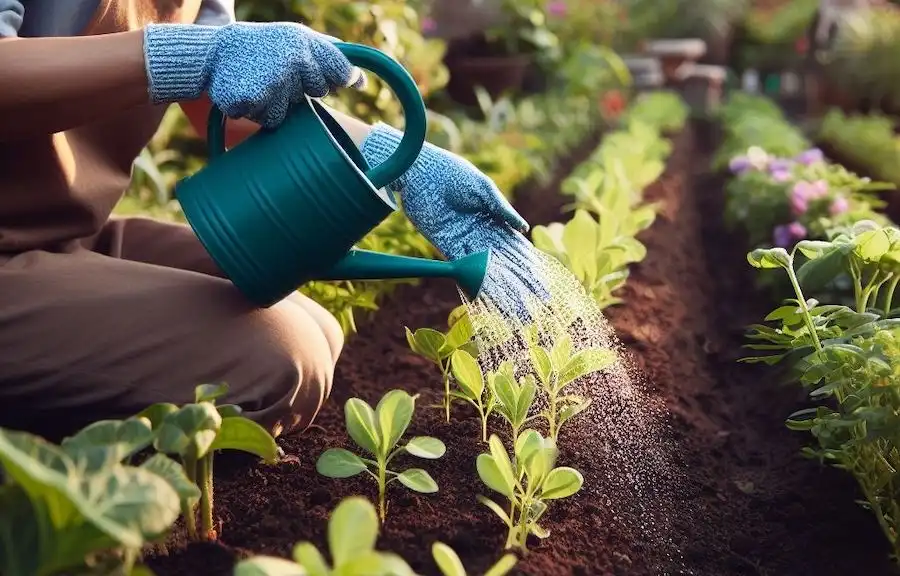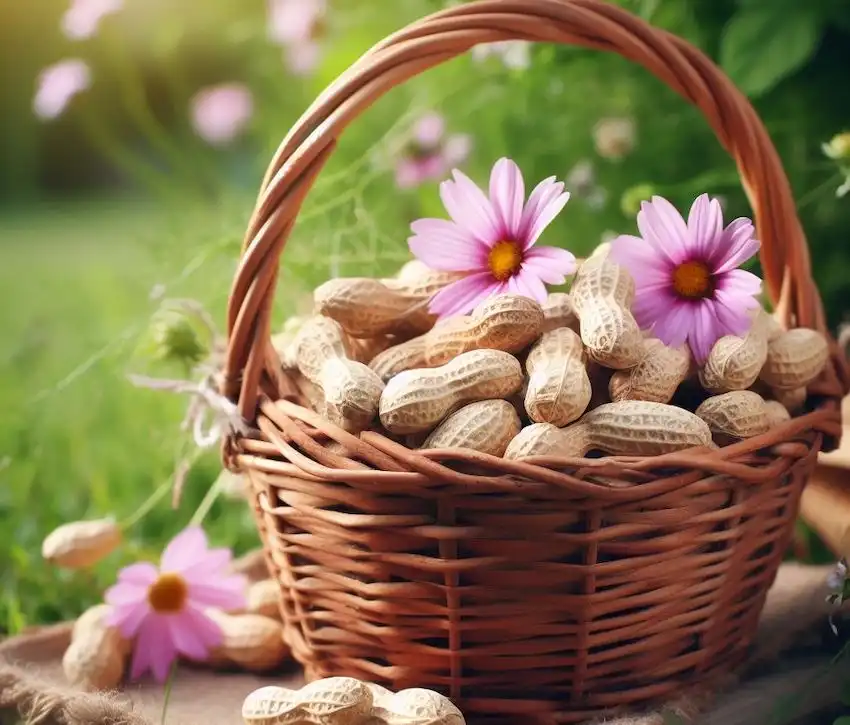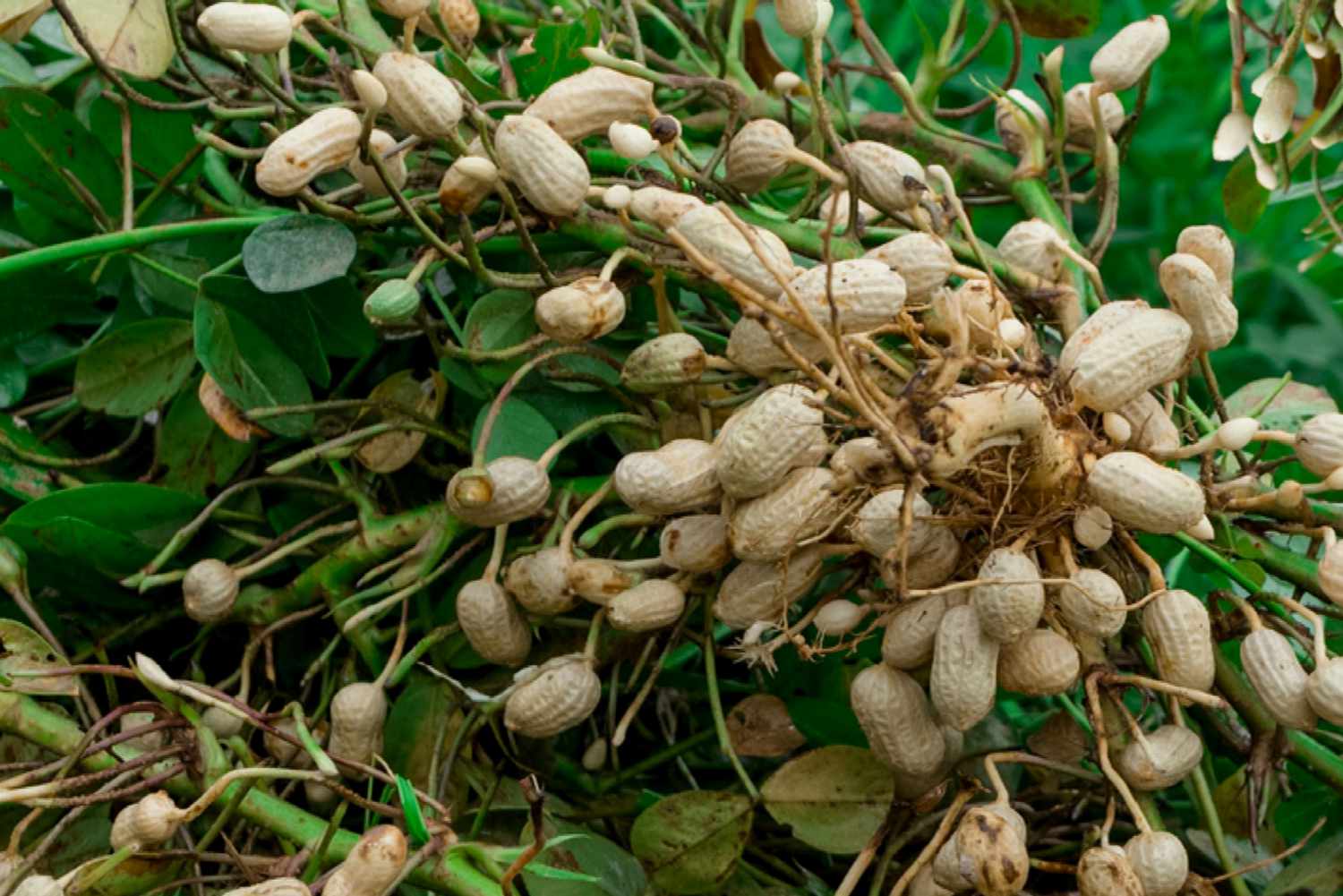Are you looking for a rewarding gardening project that will also yield a tasty snack? Why not try growing your own peanuts from store-bought nuts? It’s easier than you might think! Here’s a simple guide to get you started.
#1 Choose the Right Peanuts
When selecting peanuts for planting, make sure to choose fresh, raw, uncooked peanuts still in their shells. Avoid roasted or salted peanuts, as they won’t germinate.
#2 Preparing and Planting
Peanuts require a long growing season, typically around 100-130 frost-free days. If you live in a colder climate, it’s best to start indoors 5-8 weeks before the last frost date for an early start.
Plant your peanuts in well-draining, loose soil. If your soil is heavy, you can add some sand and aged compost to improve its texture. Sow the seeds about 1-2 inches deep and space them 24-36 inches apart in rows that are at least 72 inches apart.
#3 Find the Perfect Spot
Peanuts love sunlight, so choose a sunny location for your planting area. If you live in an area prone to spring frosts, you can protect your young peanut plants by using row covers.
The soil should be light, loamy, and slightly acidic, with a pH level between 5.5 and 7.0. If your soil doesn’t naturally meet these criteria, you can make adjustments with soil amendments.
#4 Watering and Care
Watering is crucial for peanut plants. Aim to give them at least 1 inch of water per week, ensuring that the soil remains evenly moist but not waterlogged. Once your seedlings are about half a foot tall, adding a layer of mulch can help retain moisture and control weeds.

#5 Fertilization Tips
Peanuts are unique in that they are nitrogen-fixers, meaning they require less nitrogen compared to other plants. Instead, they benefit from an adequate supply of calcium, which is essential for healthy pod development. You can use a low-nitrogen or balanced fertilizer before planting to ensure your peanuts get the right nutrients.
#6 Pruning and Propagation
While peanuts generally don’t require pruning, you can trim them if needed for maintenance purposes. If you’re interested in propagating peanuts, you can save healthy and mature seeds for planting the following spring.
#7 Harvesting and Storing your Home-Grown Peanuts
The exciting part comes about 100-150 days after planting when it’s time to harvest your peanuts. To do this, remove the entire plant from the soil. Then, you can store your raw peanuts in a mesh bag in a dry place or roast them for a delicious homemade treat.

Growing peanuts can be a fun and fruitful endeavor, especially when you have a sunny spot and a bit of patience. With proper care, you can enjoy the satisfaction of home-grown peanuts right from your own backyard! So go ahead and give it a try- you won’t be disappointed.






